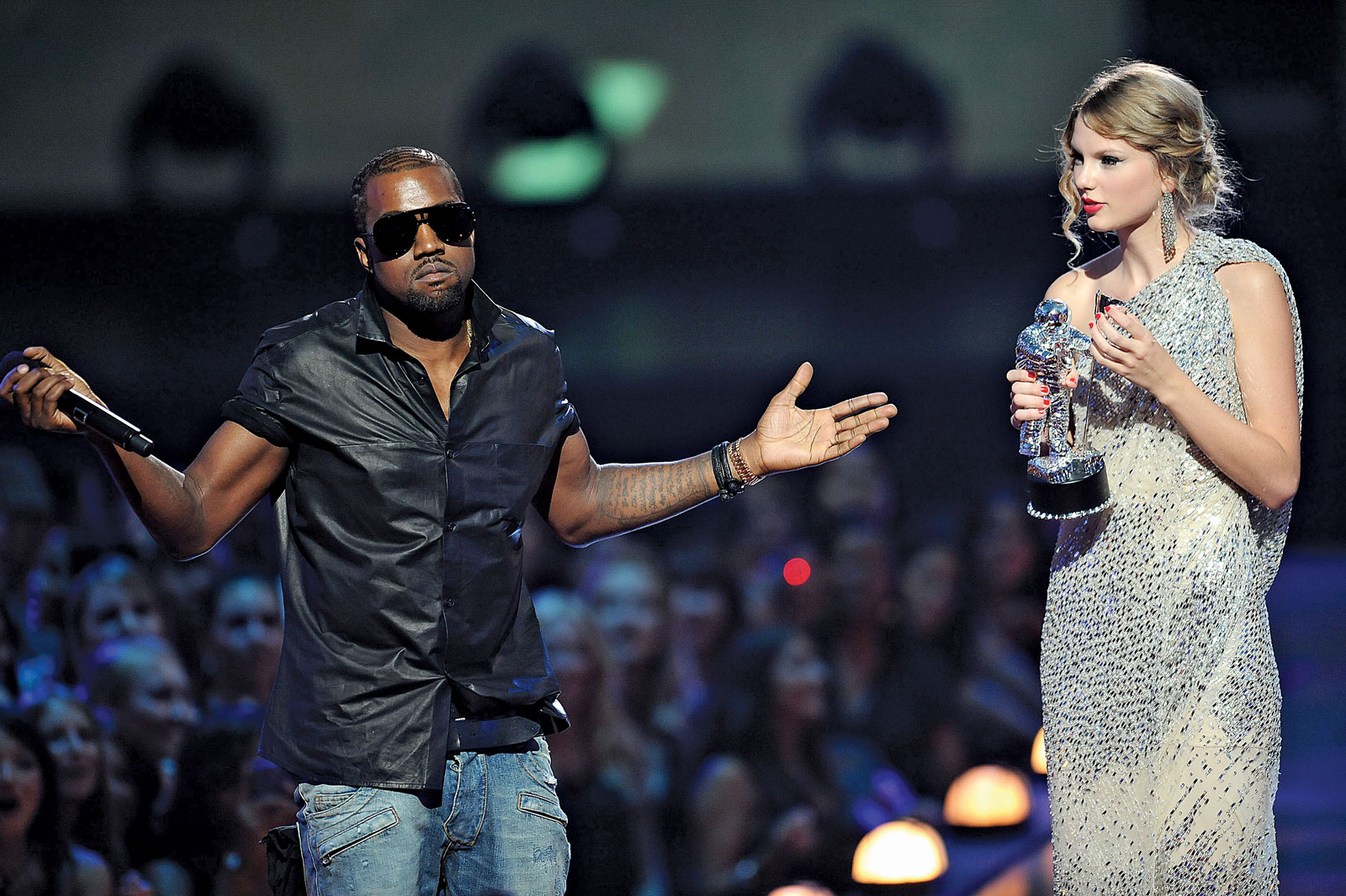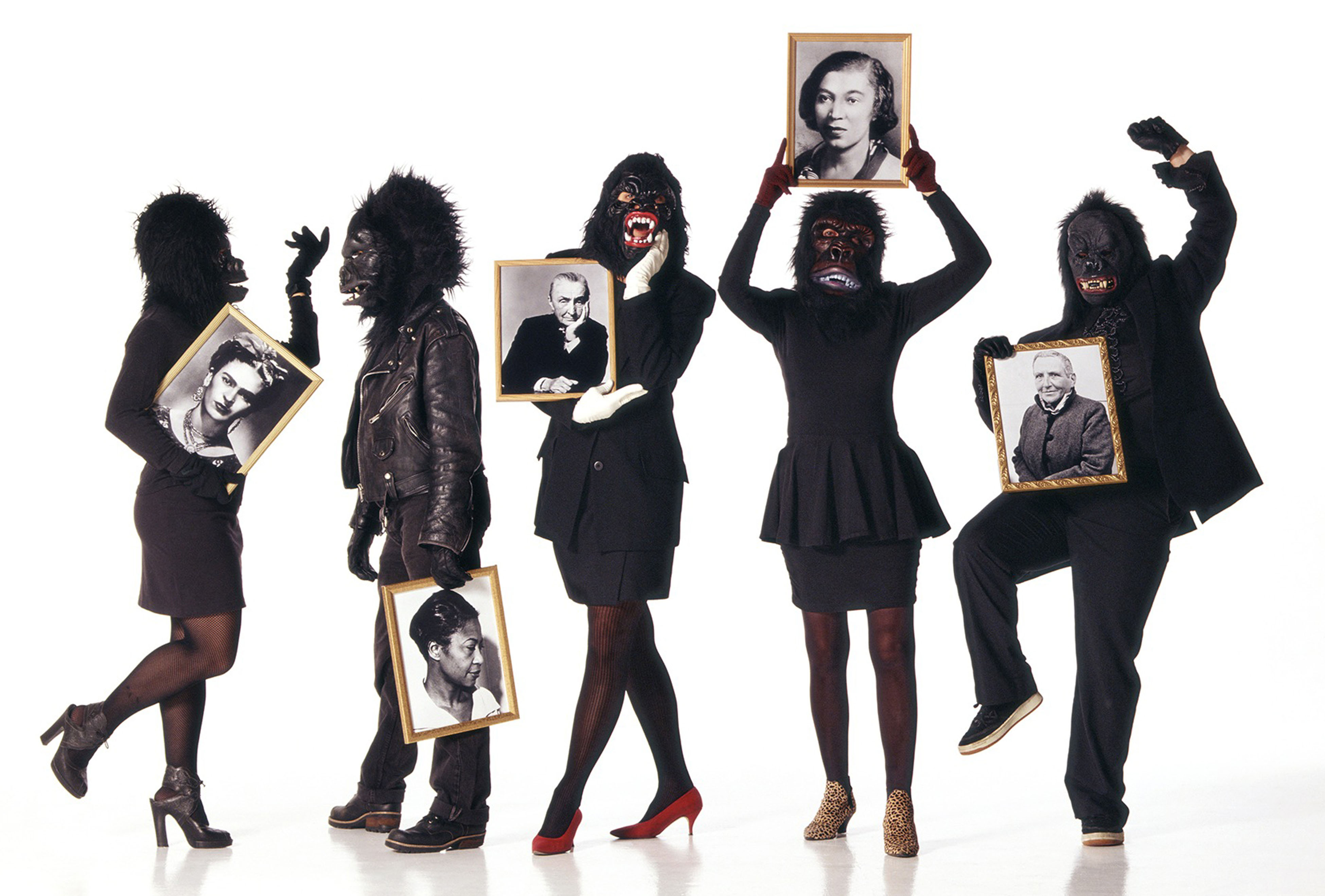By: Carson Aft
Warning: This article cites music that may offend certain audiences.

From man’s first scrawling of fertility goddesses to Jackson Pollock’s emotions splashed upon the canvas, art has been inseparably linked to controversy. Beyond simple aesthetics or pleasure, art has the purpose of exploring and expressing the world and the human experience. The depths of despair can be sung or painted, along with the heights of ecstasy. A modern (by art standards) advent in expression is the musical genre of rap. Beyond the predictable waves that new ideas make, rap has grown to be a profound disturbance in modern culture.
Outsiders may generalize rap as destructive and misogynistic, but that stems from a misunderstanding, rather than the inherent qualities of the genre. While many mainstream artists use lyrics that are inarguably degrading to women, that does not come from a desire to belittle the entire sex. It is purported by some that rather than being sexist for its own sake, the music gives an outlet by which listeners (and performers) can experience the instinctual fantasy of power. While there are obviously many exceptions to this, making music to counter the mainstream rap view of women (i.e. negative) comes as stark contrast to most rap, underlining the strength of the “misogynistic” message.
When the lyrics of many songs are taken at face value, they undeniably treat genders differently. But for people who regularly listen to rap, derogatory terms for women are not taken as offensive, but rather expected. This missing sensitivity does not come from overexposure, but context. Without the culture to add context, rap can, at times, be seen as obscene spoken word by those not immersed in the genre.
Certainly many critics take that as their intent, belittling women and making men out to be a divine gift. Much like a gory videogame’s purpose is not to teach children to attack and harm others, these songs provide an experiential catharsis, rather than a way to treat real women (or real life, in the case of the videogames). Whenever listeners vicariously experience empowerment through artists like Kayne West (“I am a God”) or Jay-Z (“Izzo”), it does not demand extreme narcissism or arrogance, but rather gives an outlet for the experience.
Some rap listeners take the messages presented as real instructions (no matter how poor of a decision that is). While this reflects poorly upon the art, it does not speak to the inherent damage present in the music. In addition to the apparently sexist music, there are also many examples of rappers warning against taking the music as a lesson for life. Lupe Fiasco, a popular rap artist, decries the effects of hip-hop music upon children when they hear it before they have a context through which to understand it. Again, the similarity between videogames occurs, where the effects upon amenable minds are drastically different from the intended effects. Rather than a catharsis, a legitimate impact can occur, whether inspiring violence or sexism. When an audience has no context by which to judge art, misunderstanding and damage are nearly unavoidable. Other artists, such as Immortal Technique, are outspoken critics of sexism. While some of the music he makes could be seen as sexist, he transcends that on a personal level. He differentiates the music he makes from the message he puts out.
Obviously, to generalize any category of art by individual pieces is wrong. Conversely, using the undercurrents of a genre as a heuristic for understanding all works within it distracts from distinct pieces. Much like between mystery authors, Agatha Christie and Sir Arthur Conan Doyle are very different, there are massive dissimilarities between different rappers as well. There are definitely misogynistic rap songs, but that can be said of any genre of music (with the possible exception of classical music). Art has no inherent message, regardless of medium. Graffiti, despite being destruction of property, can have an entirely positive message. To achieve a meaning, it only matters what is expressed (including context), rather than how. In the way that The Wizard of Oz, without historical context, means very little, understanding and appreciating Tupac Shakur’s body of work necessitates knowledge and a frame of reference for the music.
Rap goes beyond its lyrics. It transcends a face value understanding. Whenever taken literally, it is destructive, much like many types of art. Taking inspiration from art that does not demand to be imitated can have negative consequences. Mainstream rap misogyny should not be seen as a collective attitude of a genre, but understood on a case-by-case basis paired with context. Feeling emotions and experiences vicariously through art does not necessitate living out those emotions and experiences. It is only with the proper outlook and knowledge that rap can genuinely be judged for what it is, a diverse and interesting avenue of art.


